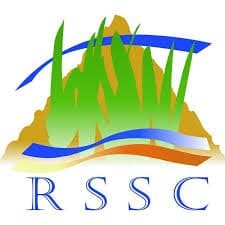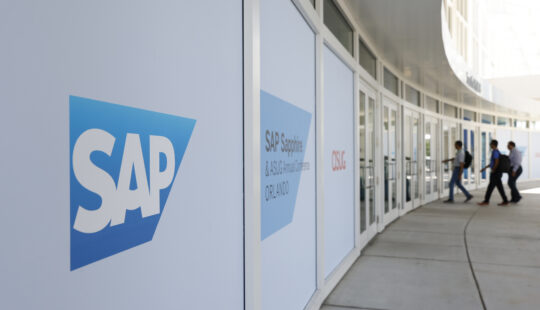Principle 9: Achieve Production Readiness
An appropriate application lifecycle management approach must be planned early, so it is ready when the new solution goes live. It should cover strategies to perform the cutover, data migration and validation, and system administration and access management of the live software as well as measures to ensure the business readiness of the production environment. Technical staff and support teams with experience in operations must be suitably trained to maintain and support the software environment. Support and service-level agreements must be in place and clearly understood by the support team and administrators, so expectations correspond to the agreed-on commitment. Backup and recovery strategies must be well understood and tested. Clear procedures for software patches, upgrades, and regular software releases must be in place. Performance measures should be used, and user feedback gathered to help optimize the support function.
 The Royal Swazi Sugar Corporation won Silver in last year’s SAP Africa Quality Awards in the Innovation Category. To achieve production readiness, The Royal Swazi Sugar Corporation used an agile project methodology with go-live was over several iterations. The system was based on the UI5 Fiori front-end which made it easy to navigate and use. The process of continuous cadence development and release on demand was followed and this enabled continuous value realization throughout the delivery cycle. Read more about their SAP Implementation here.
The Royal Swazi Sugar Corporation won Silver in last year’s SAP Africa Quality Awards in the Innovation Category. To achieve production readiness, The Royal Swazi Sugar Corporation used an agile project methodology with go-live was over several iterations. The system was based on the UI5 Fiori front-end which made it easy to navigate and use. The process of continuous cadence development and release on demand was followed and this enabled continuous value realization throughout the delivery cycle. Read more about their SAP Implementation here.



